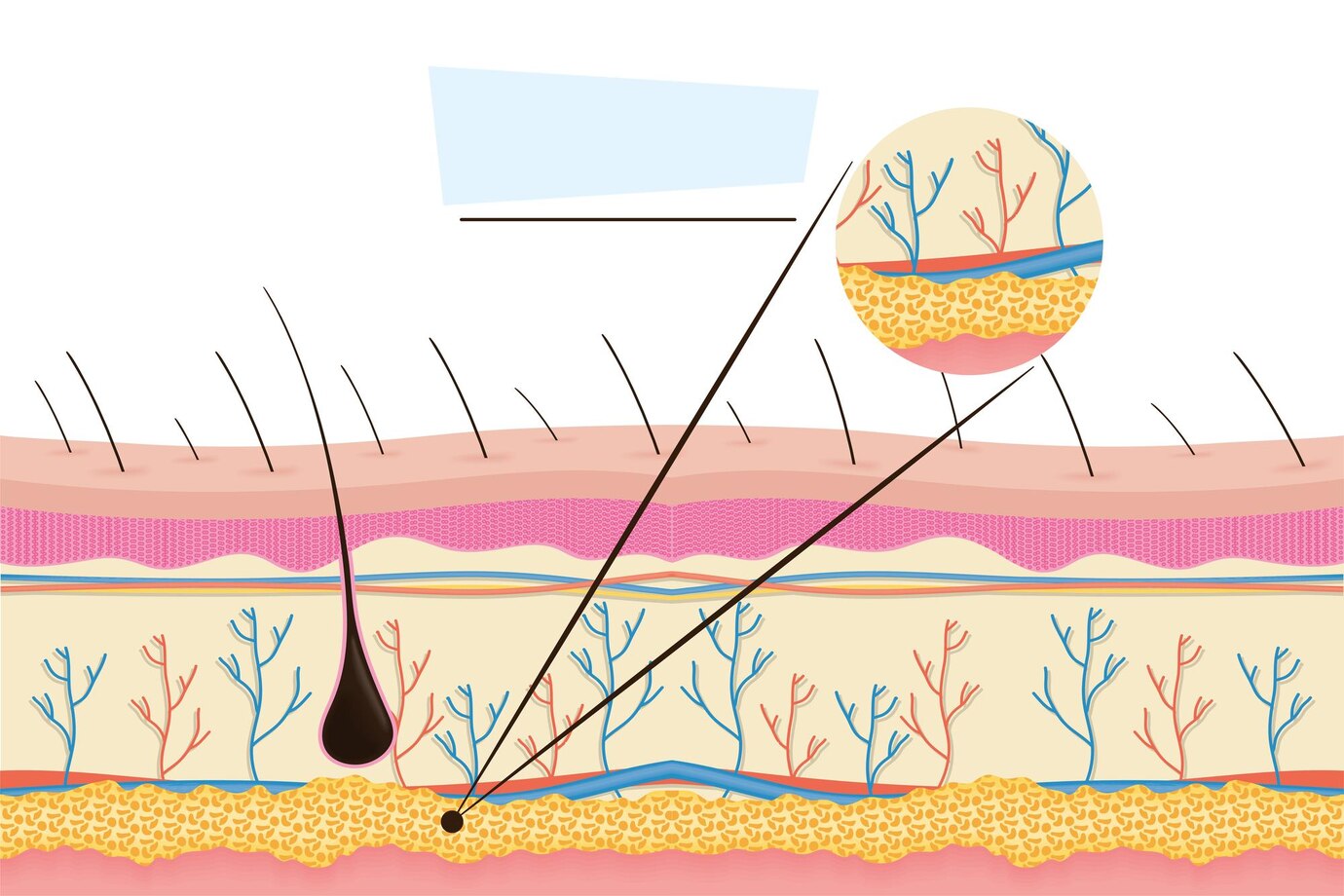
Breaking Ground: Exciting Progress in Keloid Treatment
Are you tired of battling stubborn keloids? Well, there’s good news on the horizon! Recent research and advancements in keloid treatment are offering hope for those seeking relief from these bothersome scars. Let’s explore some promising developments that could change the game for keloid sufferers.
Understanding Keloids
First things first, let’s recap what keloids are. Keloids are those pesky raised scars that form when your skin goes into overdrive and produces too much collagen after an injury. They can be itchy, painful, and downright frustrating.
The Quest for Better Treatment
For years, treating keloids has been like fighting an uphill battle. Traditional methods like corticosteroid injections, silicone gel, and surgery have their limitations and may not always deliver satisfactory results. But thanks to ongoing research, new avenues of treatment are emerging.
Promising Developments in Keloid Treatment
- Biological Therapies: Researchers are exploring the use of biological agents like growth factors and cytokines to regulate the excessive collagen production responsible for keloids. These therapies target the underlying mechanisms of keloid formation and show promising results in clinical trials.
- Gene Therapy: Gene therapy involves modifying the genes responsible for keloid formation to reduce scar tissue growth. While still in the experimental stage, gene therapy holds potential for long-term management of keloids by addressing the root cause at a genetic level.
- Immunomodulators: Immunomodulatory agents are being investigated for their ability to modulate the immune response involved in keloid formation. By regulating the immune system’s activity, these drugs may help prevent keloids from recurring after treatment.
- Advanced Laser Technologies: New laser technologies, such as fractional laser therapy and pulsed dye laser, are showing promise in reducing keloid size and improving their appearance. These lasers target scar tissue while minimizing damage to surrounding skin, resulting in more effective and safer treatments.
Looking Ahead
While these advancements are exciting, it’s essential to approach them with cautious optimism. Many of these treatments are still in the experimental stage and require further research and clinical trials to determine their safety and effectiveness.
Conclusion
The landscape of keloid treatment is evolving, offering renewed hope for those affected by these stubborn scars. With ongoing research and promising developments in biological therapies, gene therapy, immunomodulation, and advanced laser technologies, the future looks brighter for keloid sufferers.
To seek medical advice, always consult a Doctor. Here are our recommended EXPERTS. Click here
To read more on SKIN. Click Here


